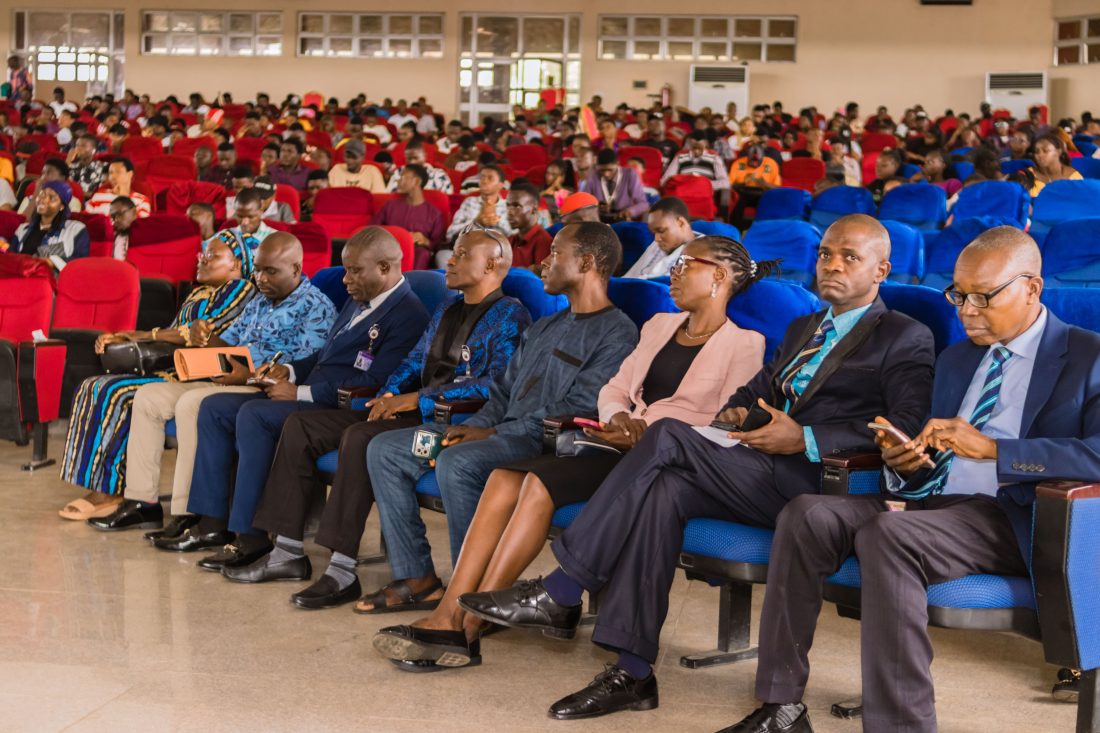Too often, well-intentioned leaders approach startup communities as if they were infrastructure projects, something you can design, blueprint, and manage into existence. They focus on immediate outputs: opening an innovation hub, forming committees to attract investors, drafting KPIs to signal progress, or appointing directors and associate directors to oversee “something-or-other.”
But startup communities don’t thrive under rigid plans or bureaucratic structures. They’re living, evolving ecosystems more like nurturing a child than assembling a machine. You can’t dictate creativity or command entrepreneurship into being. What you can do is foster the right conditions, cultivate possibilities, and empower founders to grow, experiment, and thrive.
Building for Possibility Unlocks Long-Term Success
When you build a startup community with stability as the primary goal, you prioritize predictability, control, and immediate results. You focus on structures, programs, and outputs that can be measured quickly: a new co-working space, an accelerator program, a polished pitch event, or an influx of investors who commit funds on paper. These things may feel tangible, but they often represent surface-level success. They make for good press releases, yet they rarely sustain the type of entrepreneurial energy that drives fundamental transformation.
In contrast, building for possibility means recognizing that entrepreneurship is unpredictable, non-linear, and deeply human. Possibility opens the door for experimentation, serendipity, and discovery. It allows founders, mentors, and investors to interact in ways that are less scripted but far more impactful. When you cultivate possibility, you’re not just checking boxes; you’re creating the conditions for ideas to flourish in unexpected directions.
Think about it this way: the most successful startup communities in the world didn’t achieve longevity because they engineered every detail in advance. They succeeded because leaders created an environment where entrepreneurs felt free to take risks, collaborate openly, and challenge conventional wisdom. The long-term breakthroughs, billion-dollar companies, disruptive technologies, and thriving ecosystems emerged not from rigid plans but from a culture that embraced uncertainty as fertile ground for innovation.
Building for possibility also means playing the long game. It’s less about showcasing progress in the next quarter and more about nurturing resilience over the next decade. It’s about supporting entrepreneurs even when their first idea fails, connecting them with mentors and peers who help them try again, and ensuring that each attempt strengthens the community as a whole. Stability
may give you comfort, but possibility gives you momentum, and momentum is what sustains a startup community through cycles of change.
Embracing Complexity Fuels Startup Community Growth
Startup communities don’t grow like clockwork. They don’t follow neat Gantt charts or predictable timelines, no matter how much leaders may want them to. They are complex adaptive systems, comprising individuals with diverse goals, motivations, and capabilities. Trying to control them with rigid plans and bureaucratic oversight often backfires, as it stifles the very creativity and risk-taking that make entrepreneurship possible.
Complexity isn’t something to fear. In fact, it’s the defining feature of a thriving startup ecosystem. Unlike controlled environments where every step is planned, complex systems thrive on feedback loops, diverse participation, and emergent outcomes. This means that instead of dictating what should happen, leaders in startup communities should focus on cultivating conditions that allow unexpected collaborations and innovations to occur naturally.
Think of it like tending a garden. You don’t control how every seed will sprout or when every flower will bloom. What you do is prepare the soil, provide sunlight and water, and allow nature to do its work. Similarly, in startup communities, leaders create enabling conditions, including access to networks, mentorship opportunities, safe spaces for failure and experimentation, and a culture that rewards curiosity rather than punishing missteps.
Embracing complexity also means accepting that not every initiative will succeed, and that’s a good thing. Failed experiments provide valuable lessons that enrich the community as a whole. The success of one founder often comes from the accumulated failures, pivots, and insights of many others. This iterative process cannot be controlled from the top down; it must emerge from the bottom up, shaped by the people who are actually building, testing, and pushing boundaries.
Communities that lean into complexity are the ones that evolve. They attract diverse talent, adapt to changing markets, and continue to reinvent themselves over time. Communities that resist complexity by trying to lock everything into rigid structures may appear stable for a while, but they eventually stagnate.
The real growth of a startup community happens not when leaders try to simplify complexity into control, but when they embrace it as an essential ingredient for long-term resilience. The messiness, unpredictability, and dynamism are not obstacles to overcome; they’re signals of life, energy, and possibility.
Conclusion
In every thriving startup ecosystem, it’s rarely the polished institutions or carefully managed programs that change the game. It’s the outsiders, the risk-takers, and the underestimated builders who push boundaries and redefine what’s possible. Their energy doesn’t come from preserving what already exists; it comes from creating what’s missing.
As a community builder or ecosystem leader, your role isn’t to control outcomes or cling to stability. It’s to open doors, remove barriers, and foster conditions where the unexpected can flourish. Ask yourself: Are you optimizing for the past, or are you creating space for the future?
The best startup communities don’t settle for stability. They embrace complexity, nurture possibility, and trust that long-term success comes from empowering those willing to imagine and build what’s next.
